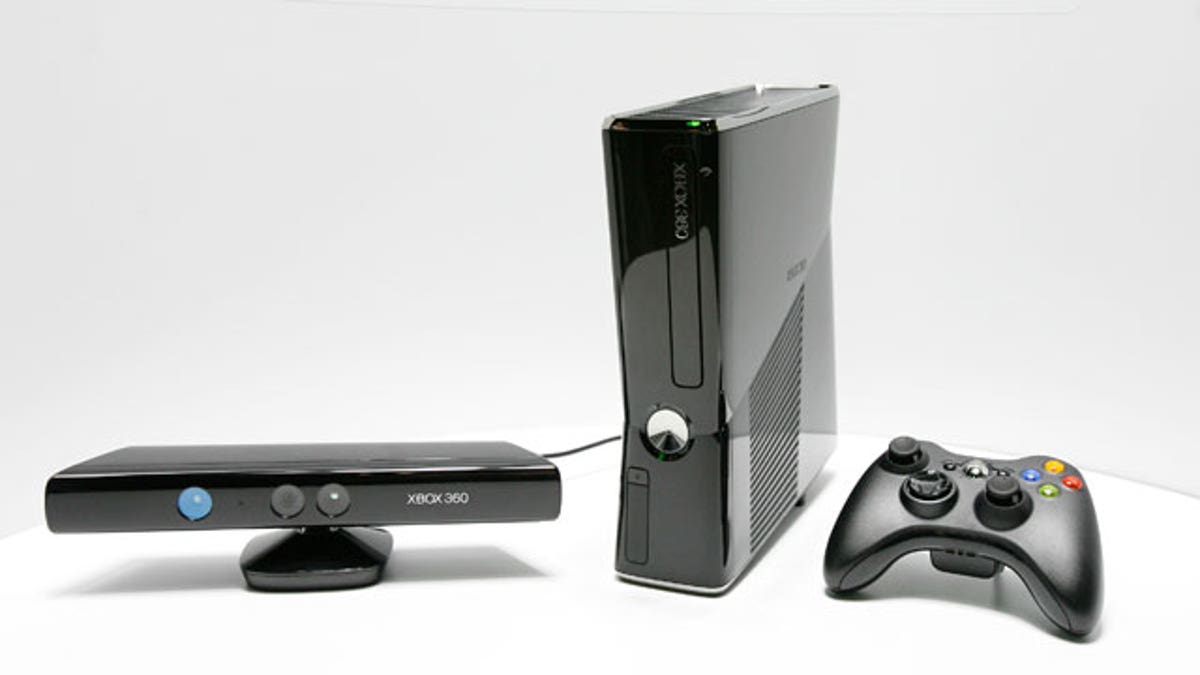
(Reuters)
Remember the Clapper? Think of Microsoft's Kinect gaming device as a Clapper on steroids.
On Thursday, the hotly anticipated gaming accessory for the Xbox 360 hits store shelves -- it will let consumers control their games with their entire bodies, not just a control pad. But for all the noise about the competition between Ninendo's Wii, Sony's PlayStation 3 with Move, and Kinect, the real story is how this technology will change our lives in the future.
Ostensibly aimed at casual gamers -- those of us who want to dance or play virtual tennis but don't want to spend 6 hours eviscerating aliens or immolating monsters -- the $150 Kinect brings together several complex technologies to make things, well, extremely simple. No more toggling between a dozen controller buttons to make a gnome jump on screen. No more waving a wand around to smash a tennis ball. All that's needed is you and your voice.
It accomplishes all this using three visual sensors -- a video camera, a depth sensor, and a near-infrared senor -- to recognize people and their body movements in front of the screen. These sensors tell your Xbox who in the family is standing in front of the screen, who's waving and who's jumping into the action in a game. The software monitors dozens of points on your body so that it knows exactly what you're doing.
The accessory also has an array of four microphones to recognize voice instructions and separate them from the noise of a video, a game, or even kibitzers on the couch.
None of this technology on its own is, strictly speaking, groundbreaking. IBM demonstrated people waving at computers -- so-called gesture recognition -- back at a trade show in 1997. And voice recognition programs (some of them excellent, some of them terrible) have been in use longer than that.
What's notable here is the way it's all seamlessly combined. For example, Kinect doesn't require users to log on; it recognizes your body shape and automatically signs you in. It can recognize multiple people in a room. And you can not only play games with a wave, but also flip through album covers on-screen and bark at it to play your favorite tracks.
And it has important implications for a variety of future uses that are bound to spread to other companies' devices and services.
You're In the Game: One game that will be available for the Kinect is an exercise title called Your Shape. It literally puts a live, moving video of your body into the on-screen stretches and jumps. Sure, that's a cute idea, but it could also be a boon to virtual reality programs.
For example, Sony's PlayStation 3 has an online area called PlayStation Home. It's a virtual landscape of multiple worlds (comparisons to Second Life are unavoidable) in which your animated avatar strolls, meeting other people in malls and bars, and playing games in groups. Imagine if instead of a cartoon creature you could put a live shot of yourself into the action -- and open doors with a wave of your hand and talk to other virtual "people" with your voice, no controller needed.
Entertainment: You walk into the living room and the light comes on next to your favorite chair. The TV switches on to Fox News, and a voice calls your name asking you if you'd rather listen to the Rolling Stones now. Not only will your family know your home: Your home will know you're home.
Goodbye Touch: Typing on a touch screen is, let's face it, a terrifically frustrating experience. Voice recognition eliminates touch. Just say what you want -- a movie, a Web site, a new song -- and your entertainment system will get it for you.
Security: How many people have stumbled through the front door, dropping groceries on the floor, just to reach their home security number pad to punch in the right code before the authorities are alerted? When your home can see and recognize you, it will automatically switch off. It'll also know immediately if a burglar is on the prowl, start taking video of the interloper and call the cops.
Personalization: Call it the "Oh, it's you Bob" effect. More sophisticated models could use face recognition to understand your mood. A slouching posture and frown, and the stereo could start playing sixties bubble gum rock to lighten your mood. It might even suggest an episode of your favorite sitcom. Or if the Goth adolescent in your family enters the den, speed metal could begin blasting from the speakers.
Not everyone is going to want this kind of sci-fi automation, but the Jetsons-like possibilities will eventually usher in a new era of automation in the home. For now, however, the Kinect package has limitations even as just a game accessory.
First, it's not as easy as it sounds to use. Kinect requires practice to learn which hand gestures do what with on-screen menus, for example. And not everyone will be comfortable making Tai Chi-like moves to play a game or select the movie they want to watch. It's also not appropriate for some games. A driving game I tried with the system seemed downright awkward without an actual steering wheel in my hands.
And you'll need space to play with Kinect. You can't dance around or jump properly in a cramped studio apartment. (Remember all those stories about broken TVs when the Wii came out?)
Nevertheless, Kinect already looks to be a hit for Microsoft. According to Business Insider, even pre-orders at Amazon and Best Buy sold out days ago. So Kinect may turn out to be the Tickle Me Elmo of Christmas 2010 ... albeit a very expensive Tickle Me Elmo.
